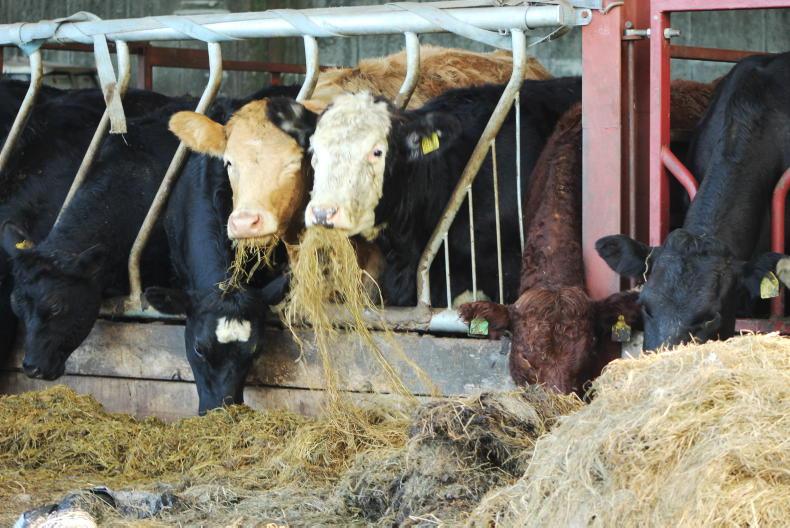In the last two weeks I have spoken to a number of farmers who have commented on just how loose cattle are since housing. While this is a fairly regular and normal thing to happen, on some farms it is lasting longer than expected.
First of all, it should be noted that housing animals is a major change to their entire system. We are altering their environment, often social groupings and diet all in one fell swoop.
While the animal adjusts to its new surroundings, the rumen population have to go through the same change.
The bugs that digest silage will be present in the rumen, but will need to multiply up in numbers over the first few weeks which can cause this lag phase in digestion.
No need to panic
Normally cattle will dry up in the manure within 10 days to two weeks of being housed. Where this is not the case, it still doesn’t mean it is time to panic.
The next thing to consider is the quality of the silage.
High-quality, highly digestible silage will be lower in fibre than older stemmier silage. For this reason, the passage rate or how long it takes to go through the digestive system of the animal is reduced and so it can cause animals to be very loose in the dung.
Including some straw in the diet is an option here where animals do not seem to be drying up even after two to three weeks on the diet. On larger finishing farms, this can be included in the diet feeder whereas on smaller farms it may just mean offering straw ad lib at one point along the feed barrier and most cattle will self-regulate their intake.
Another option, where baled silage is being fed, is to use some high-quality bales and then use one poorer-quality bale that will provide a higher fibre source.
It is amazing how well cattle will self-regulate their intake. When the two silage types are offered side by side, it often surprises farmers that they will seem to prefer the poorer-quality silage over the high-quality, leafy silage. In reality, they are trying to balance out the diet themselves and are seeking that higher level of fibre from the poorer quality silage.
Dosing
While loose dung could be related to a worm burden or fluke issue, in this case it is rarely the main issue.
It is always worthwhile taking a dung sample and getting it tested to see whether or not younger animals need a worm dose.
In the case of fluke, a dung sample will not return a positive result until the fluke has matured and made its way out in the manure which can take over 12 weeks post-infection. Therefore knowing the history of the farm and speaking to your vet is the best approach here.






 This is a subscriber-only article
This is a subscriber-only article










SHARING OPTIONS: